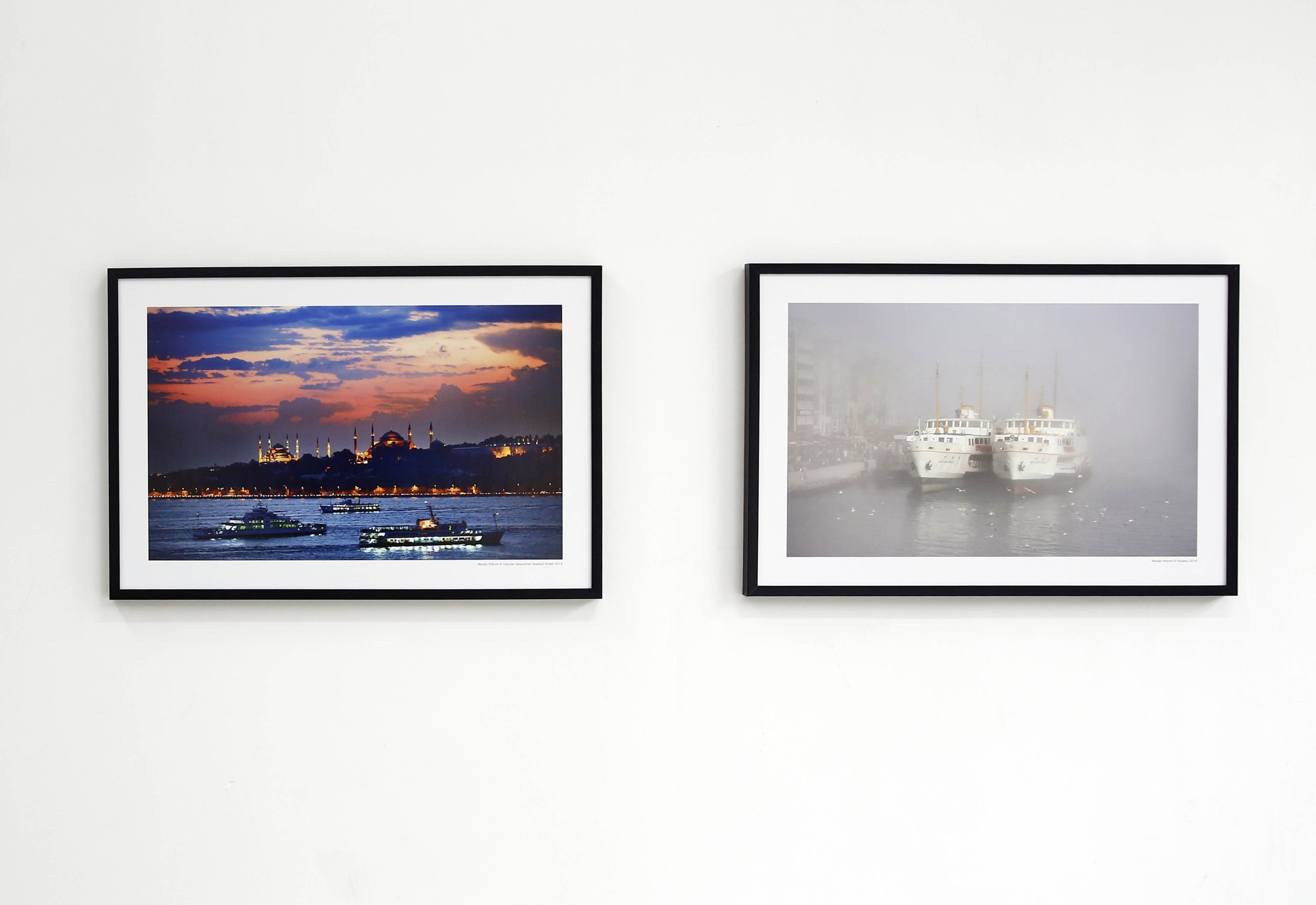© Turkuvaz Haberleşme ve Yayıncılık 2025
Nevzat Yıldırım is not merely a photographer. He is, all at once, a photojournalist, a photography editor, an academic and – perhaps most distinctively – an Istanbul photographer. His exhibition, "Loving Istanbul," is a culmination of years spent capturing the city with a sensitive, attentive lens. Curated with great care and presented under the auspices of the Turkish Photography Foundation, this exhibition is not only a refined visual selection; it is also a profound artistic meditation on the relationship between the city and the human soul.
In our daily lives, we carry powerful cameras – smartphones, mirrorless devices, digital DSLRs – constantly photographing Istanbul. Yet we must ask: Do we truly see the city? And if we claim to love it, how deeply does that love manifest in how we capture it? Can beauty, memory and soul fit into a single frame? This exhibition offers us a chance to pause and ask precisely these questions.
Istanbul has always held a privileged place in the visual arts – particularly in photography. While names like Ara Güler often dominate this conversation – and rightly so, given the museum established in his name and the vast archive he left behind – understanding Istanbul through a single lens would be reductive. Since the earliest days of photography, artists both from within and outside the city have sought to capture its many layers: its complexity, its contradictions, its calm and its chaos. Some of these works have reached us intact. Others remain buried in the dust of history, waiting to be rediscovered.

From the imperial photographs commissioned during the reign of Sultan Abdulhamid II to the studio portraits of the late Ottoman era, from postcard editors who introduced Istanbul to the world to contemporary digital storytellers, Istanbul has been an evolving canvas. Each photographic layer reveals a new face of the city – never complete, always unfolding.
But Istanbul is not only a photographic subject. It is a literary city, a poetic city, a city of music, stone, silence and shadow. Ziya Osman Saba’s short story "The Studio of Happy People" immortalizes an Istanbul photographer, using fiction to reflect memory and aesthetics. In the poems of Yahya Kemal, the city exists outside time. In Orhan Veli’s verses, it becomes part of the everyday, approached with simplicity and grace. These writers composed visual portraits with words, just as photographers strive to write poetry with light.
Even within its cemeteries, minarets, street names and echoes of the call to prayer, Istanbul breathes art. Each element – from the scale of a mosque to the curve of a gravestone – bears aesthetic intention. This subtle harmony and embedded lyricism are the essence of the city’s enduring relationship with art.
Within this context, "Loving Istanbul," curated by Nevzat Yıldırım, stands out not only as a significant photographic achievement but also as a transnational artistic moment. In my recent conversation with Yıldırım, he shared with me a particularly remarkable detail: his works have been included in the permanent collection of the Museum of Fine Arts, Boston (MFA) since 2010. Notably, prior to Yıldırım, the museum had only accepted Istanbul photographs by Ara Güler from Türkiye. This fact alone places his work within a rare and distinguished lineage of international photographic recognition.
Moreover, Yıldırım’s photographs of Istanbul reach international collectors through Albumen Gallery in London, where his iconic cityscapes are featured in major art fairs such as Photo London. These achievements, which he humbly shared with me, lend an additional dimension of significance to the exhibition, not merely because of global exposure, but because they demonstrate how Istanbul’s visual narrative can resonate universally through the lens of an artist who deeply loves and understands the city.
To love Istanbul is not merely to romanticize it. It is to understand it – to preserve its beauty, to question its wounds and to dwell in its silences. Loving the city is, in itself, an artistic discipline. Yıldırım’s lens reminds us that to love a place truly is to learn its rhythm, contradictions, and buried histories. His photographs do not simply show Istanbul – they converse with it.
I believe this exhibition should be seen by anyone seeking to rediscover their bond with this ancient yet ever-changing metropolis. Loving Istanbul is a rare invitation: to look again, to feel again and perhaps, to learn how to love a city – not only with nostalgia, but with insight, with attention and with art.
